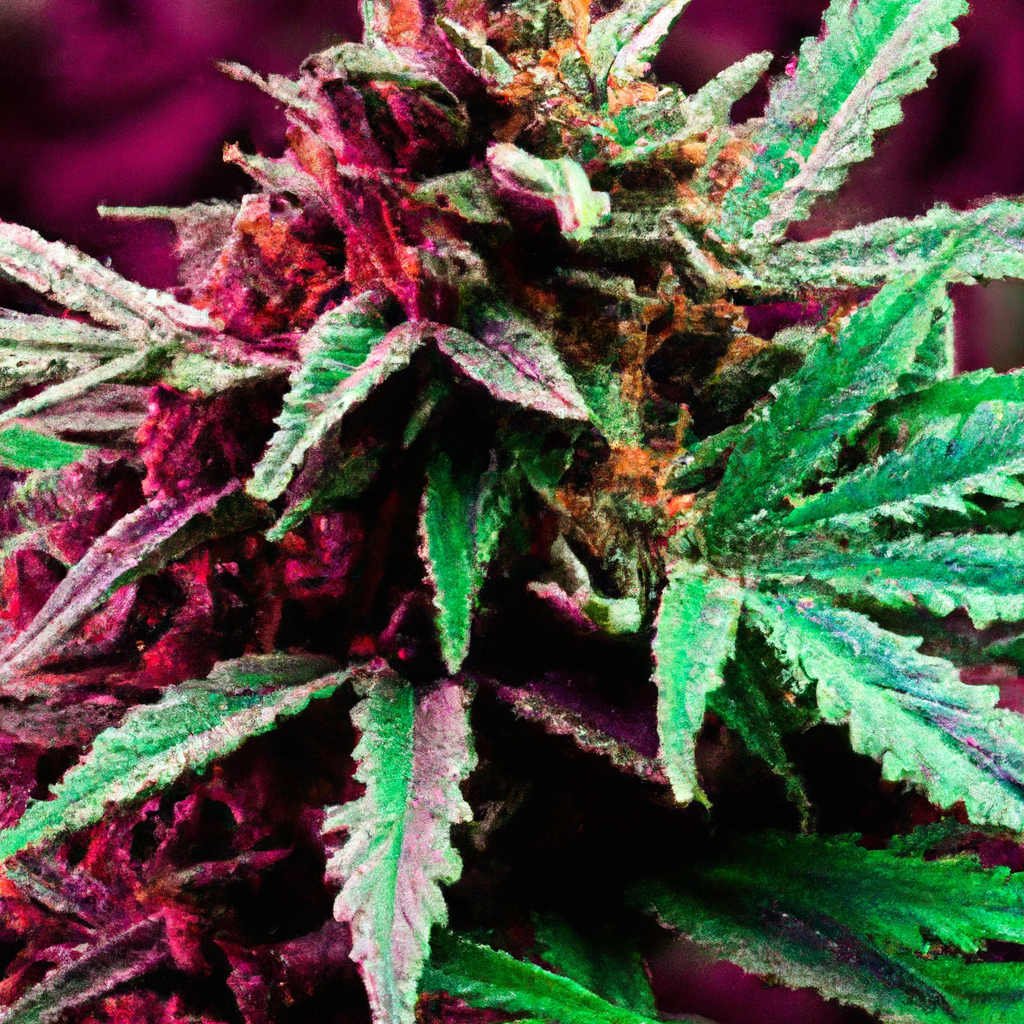Welcome to another entry in the “How Magic Sees It” series, where we delve into the overlooked yet magical aspects of cannabis cultivation. Today, we’re exploring the enchanting world of cannabis color dynamics. From vibrant greens to deep purples, the colors of cannabis are not only appealing to the eye but significant indicators of plant health and genetic expression.
The Science Behind Cannabis Colors
Cannabis colors are a fascinating aspect of plant biology that reflect a range of environmental and genetic factors. The most common hues in cannabis, including green, purple, and even blue, result from the interaction of chlorophyll, anthocyanins, and carotenoids:
- Chlorophyll: This pigment gives plants their vibrant green color and is crucial for photosynthesis. High levels of chlorophyll indicate a healthy, thriving plant.
- Anthocyanins: These pigments are responsible for purple, red, and blue tones. Cooler temperatures and certain genetic strains can increase anthocyanin production, which not only enhances visual appeal but can also offer protection against UV rays.
- Carotenoids: Carotenoids provide yellow and orange hues and play a role in capturing light energy for photosynthesis.
The Influence of Environmental Factors on Color
While genetics play a significant role in cannabis color, environmental conditions are equally pivotal. Here are a few key factors that influence color expression:
- Temperature: Cool nighttime temperatures can encourage anthocyanin production, resulting in deeper, richer colors, especially in strains predisposed to produce purples.
- pH Levels: Soil or nutrient solution pH can affect color by altering nutrient uptake. Correct pH levels are essential to maintaining vibrant, healthy plant tissues.
- Light Exposure: Proper light intensity and spectrum can significantly influence pigment production. Different light wavelengths can enhance specific pigment expressions.
Tips for Enhancing Cannabis Color in Your Grow
Are you aiming to enhance color in your cannabis grow? Drawing from my thirty years of experience growing in Colorado, here are some tips to consider:
- Choose the Right Genetics: Start with strains known for vibrant colors, such as Purple Haze or Blue Dream. Genetic potential is key to achieving outstanding color.
- Modify Your Environment: Manipulating temperature, humidity, and light conditions can encourage specific color expressions. Gradual decreases in nighttime temperatures can bring out purples and blues.
- Nutrient Management: Maintain balanced nutrients and pH levels to ensure your plant’s colors are healthy and optimal. Be cautious not to over-fertilize, which can cause color fade.
- Water Efficiency: Use proper irrigation techniques like drip systems to support healthy root growth, which in turn enhances color vibrancy by ensuring efficient nutrient uptake.
Conclusion: Seeing the Magic in Every Hue
By understanding the interplay between genetics and environmental conditions, cannabis cultivators can elevate the visual appeal and health of their plants. Remember, the magic of cannabis color is more than just aesthetics—it tells a story about the plant’s interaction with its environment, its health, and its potential effects.
Embrace this knowledge to make the most of your cultivars, refining both their beauty and potency. As I like to say, “Healthy roots, healthy buds, happy harvests.”
For more insights on cannabis cultivation at Colorado’s high altitudes and beyond, explore my blog at MagicGreenGrow.com. Catch you in the next magical discovery!


Leave a Reply